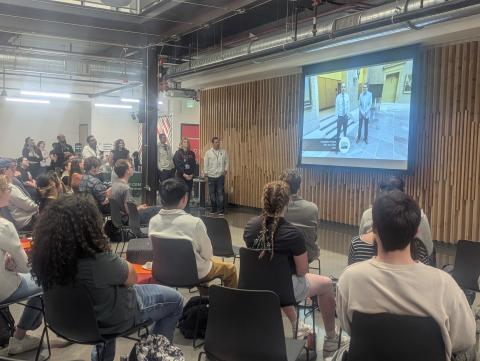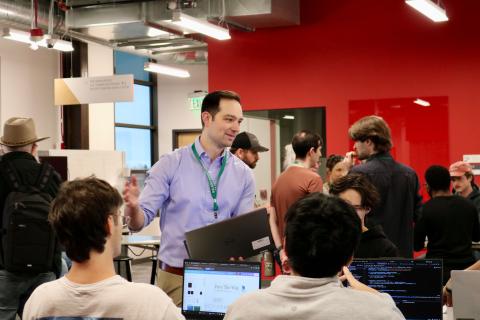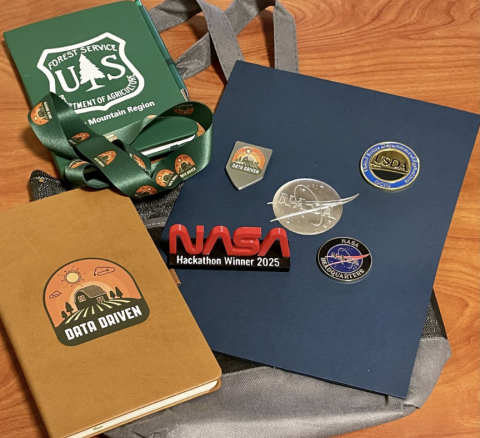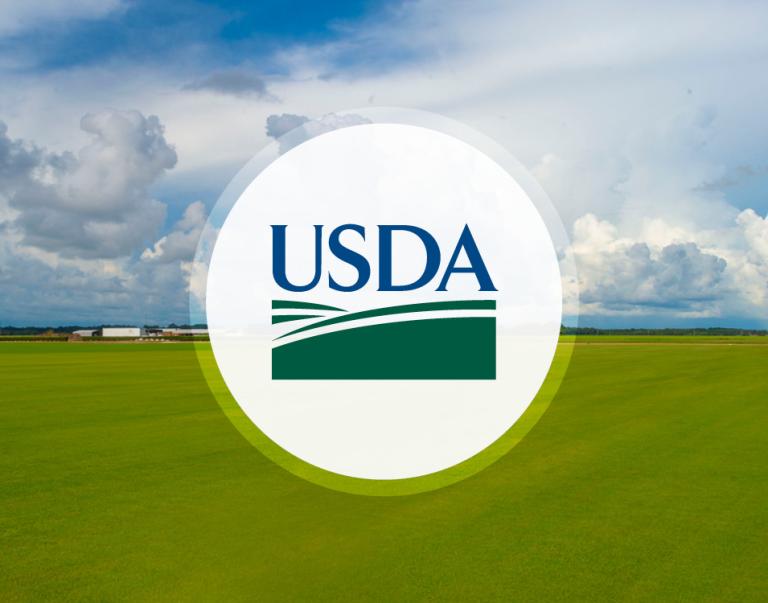Mapping the Future: CSU Students Tackle Real-World AI Challenges with USDA and NASA


Hackathons are short-term innovation competitions where computer science and data science students tackle real-world problems and experiment with AI capabilities.
Held from March 28-29 at CSU’s Fort Collins campus, the event was organized in collaboration with the CSU DevNet student organization. USDA Chief Data & AI Officer Christopher Alvares and NASA Chief Data & AI Officer David Salvagnini delivered pre-recorded opening remarks.
Over 24 hours, more than 100 CSU students across 20 teams worked on two challenges using Forest Service satellite imagery data. The first challenge involved building a machine learning solution to automate mapping of uncharted National Forest System roads. The second focused on designing an algorithm to navigate a rover safely through a watershed. Students produced innovative AI models, with five teams recognized for achievements such as best overall for each, most innovative, and tenacity. Winners received recommendation letters signed by USDA and NASA.

The solutions from the uncharted mapping challenge will support USDA’s efforts to modernize mapping of National Forest System roads, enhancing fire response, forest management, and public safety. The rover navigation algorithms will contribute to NASA’s robotics projects, aiding automated vehicles in safely traversing terrain to reach destinations such as rescuing injured astronauts or firefighters. Ty Nietupski, a GIS Specialist at the FS, shared "The students picked it all up quickly, implementing techniques like transfer learning, data augmentation, and resampling that allowed them to come to a viable solution. I’m looking forward to digging into the results more and evaluating how they can help improve our work in delineating an accurate representation of the FS road network." US Digital Corps Fellow Kate Habich who provided technical assistance to students during the event said, “Working with the students produced fresh and creative ideas to challenging problems at the Forest Service.” The event also featured a career panel hosted by representatives from USDA, NASA, and AWS. Students asked questions on public tech careers, skill development, and resume advice.
Hackathons like this demonstrate the value of prototyping solutions at low cost while fostering relationships with emerging talent. USDA plans to continue partnerships with CSU and other universities to advance AI innovation, improve student skills, and showcase the potential for impactful contributions to public service technology.


